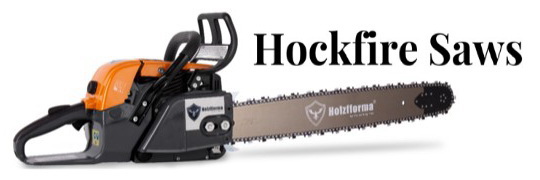- Local time
- 10:27 AM
- User ID
- 1204
- Joined
- Apr 28, 2016
- Messages
- 14,662
- Reaction score
- 58,266
- Location
- Croatia
You oughta make more than two holes going fully through the bar to better secure the carbon inlays to the bar.
You oughta make more than two holes going fully through the bar to better secure the carbon inlays to the bar.
Yes, but can do any brand.Oregon Bars?
Approx 15How many bars do you think you will get done with that? Can't wait to see these in action
Those were pre existing holes, first evolution design. Will add thru rivets as you say. Next evolution is like a LW ES bar, one pocket on one side with island rivets left.You oughta make more than two holes going fully through the bar to better secure the carbon inlays to the bar.
Hi David, that would be the best route. Nothing will crack or delaminate if you take it a step further and actually layup/wet out the carbon fiber cloth IN the cutout, interlocking into the shallow recesses on each side. Also, certain epoxies can be blended, to approximate and match the flexibility of the bar steel which will aid longevity.I thought about milling key slots or notches around the perimiter of the bar so the CF panel would interlock, but that will create fracture points in the steel.
Leaving that thin steel side, adds needless weight and won't be as strong as what chould be possible with full carbon fiber.
I've a few nightmare stories, of mechanically bonded, dissimilar materials expanding/contracting at different rates over a large temperature fluctuation. One fk up costed me $12,000.If it's on just one side I could see the bar warping/bowing due to expansion rate of the different materials from heat.
Ouch! That's a hard learned lesson.I've a few nightmare stories, of mechanically bonded, dissimilar materials expanding/contracting at different rates over a large temperature fluctuation. One fk up costed me $12,000.
Not trackin’. Sketch? ThanksHi David, that would be the best route. Nothing will crack or delaminate if you take it a step further and actually layup/wet out the carbon fiber cloth IN the cutout, interlocking into the shallow recesses on each side. Also, certain epoxies can be blended, to approximate and match the flexibility of the bar steel which will aid longevity.
A bixaial cloth will work better for this application, than a woven cloth. Stay away from brittle, dated resins that shatter like glass when they fail: west marine.
Since 2015, I've gone through many hundreds of gallons of various epoxies, mold release agents additives, tooling gelcoats, and a couple thousand yards of various composite materials.
Ive built reusable molds, and built dozens of river boats up here in Alaska. I've learned a few things about composite construction. Please feel to give me a shout if you'd need help with your carbon fiber bar idea.
Mill them bars out rest of the way, and machine at least an 1/8" tapered groove on both sides.
Leaving that thin steel side, adds needless weight and won't be as strong as what chould be possible with full carbon fiber.
Save the carbon remnants for some other project, I use a couple west coast vendors, that have decent wholesale pricing if yer interested.
On ah clear cut job right now bud. On my lunch for nother 45 mins or so. I'll pm yah my number.Not trackin’. Sketch? Thanks






